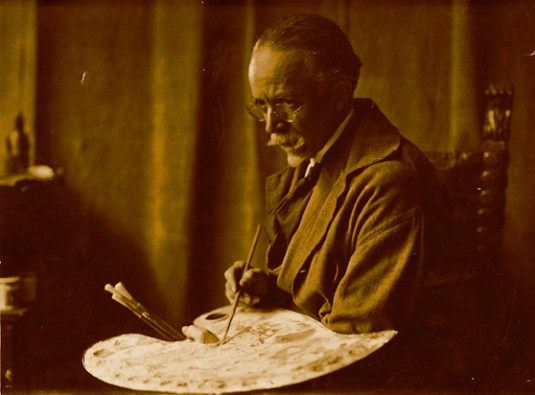by Ginger M. Galloway

Sometimes our greatest creations are those that come with reckless abandon. Freeing the mind and just letting our subconscious have it’s way is one way to find out what creative talent one really has. When we overthink the process we tend to see trouble where there is none, try to fix mistakes where they don’t exist, and overwork a project trying to get to “perfect.”
What is perfection?
Remember the Hasboro game called Perfection? There were a number of yellow pegs. Each was a different shape. You pressed down the board and a timer started counting down. You had only a minute to put the pegs in their corresponding holes or ‘POP!’ the board would spring up and fling the pieces everywhere. Square pegs in square holes, round pegs in round holes. Perfection is about fitting in the holes. But what if you are a round peg trying to fit in the square hole? We were told that is not the way the world works. If you are round you stay where you belong.
The greatest creations, the most beautiful works of art, and music, theatre and dance have come from round pegs who refuse to be limited to round holes. Those are the imperfect creations of imperfect people. When I teach art classes students often question themselves and their ability to do perfect art. They tell me all about their imperfections. When I finally convince them to throw caution to the wind and just let their mind go to that place where creativity lives they are most often pleasantly surprised.
Letting your creative self have her space.
Allowing yourself the freedom to explore your creativity can be tough. Your mind desires to hold on to order and structure. The mathematical mind flourishes in that environment. The creative mind can be stifled by it. What is creative can make complete logical sense or none at all or anywhere in between. The reluctant creative has a hard time accepting what the creative mind creates.
Free your mind.
Here are five useful and practical steps to activating your creative self and actually creating something:
- DON’T WORRY ABOUT SUPPLIES – Use what you have on hand or drop into the local dollar store. No need to go out and purchase professional supplies, unless you like going all out, then do what feels good. Computer paper, pens and pencils, magazines and glue, air drying clay and poster paints, jewels and string, chalk and the sidewalk are all great supplies.
- DECIDE TO ENJOY THE PROCESS – No matter what comes of what you create, enjoy the process. Let your whole self become involved. Put down some newspaper and put on some old clothes. Don’t let anything hinder the freedom of creating.
- JUDGE NOT – Don’t put yourself down and don’t let anyone else put you down. Your creativity is yours. Embrace it. Enjoy it. Florence Price wrote a lot of compositions before any was performed by the Chicago Symphony Orchestra and Henry Ossawa Tanner created many works of art before he became world-renowned. Keep things in perspective and have fun.
- DO WHAT FEELS GOOD – If you aren’t feeling paint but a short story feels like fun, start writing. Maybe you like to create in the kitchen or on the dance floor. Do the things that you like doing.
- DON’T LIMIT YOURSELF – Explore and experiment. Try different kinds of artistic expression. Combine them into greater works. Invite others to explore with you or take a class together.
When you learn to take the time to focus on creating something you will find that creating is natural and easy. Your whole body will surrender to it. Creating is food for the creative spirit. Buon appetito!
Read more about Creativity and Mental Health: https://www.forbes.com/sites/ashleystahl/2018/07/25/heres-how-creativity-actually-improves-your-health/#587fb24113a6
*Photo credit: https://www.metropolismag.com/uncategorized/henry-ossawa-tanner-painter-1859-1937/
